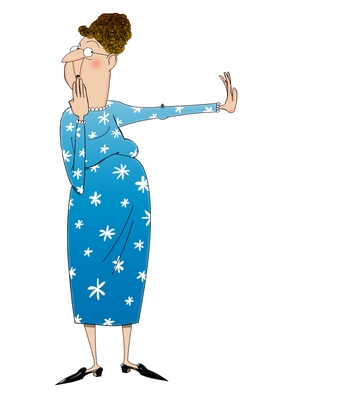 The power of visuals is certainly a philosophy we heartily endorse (it’s a common subject of this blog). After all, statistics demonstrate that illustrations and design are much more likely than text alone to be remembered – and retained. [So what if the ad industry was behind the research?] It’s clear, in our multi-channel intersected beings, that pictures enhance and expand our worlds, and help us make our messages even more meaningful.
The power of visuals is certainly a philosophy we heartily endorse (it’s a common subject of this blog). After all, statistics demonstrate that illustrations and design are much more likely than text alone to be remembered – and retained. [So what if the ad industry was behind the research?] It’s clear, in our multi-channel intersected beings, that pictures enhance and expand our worlds, and help us make our messages even more meaningful.
So recent news about the popularity of graphic novels and other pictorial applications delighted – and surprised.
In education, for instance, pictorial versions of classics and moderns – like Capote’s In True Blood – go hand in hand with the actual text to build comprehension, develop critical thinking skills, and engage unmotivated readers. And it’s not just used in low-performing institutions; one high-achieving school here in Illinois actively promotes the use of graphic novels … not only in literature, but also in math, science, biography, and other subjects. [Of course, such apps follow some pretty rigorous validation before being incorporated in the curriculum.] No wonder that sales of graphic books over the past decade have increased 40 percent.
On the other hand, comix as serious corporate fare encounter different fates. Conglomerate Loews (a holding company with a diverse portfolio), for example, recently issued its 2012 annual report … in the cartoon form of The Adventures of Lotta Value, Investment Hunter! It’s a good try, in 13 pages, to convince today’s investors of the company’s value.
But, sad to say, it doesn’t work as well as it could. Why? Disregard the quality of the illustrations (which are good); instead, focus on the story. The plot is contrived … and the language, occasionally in corporate speak. The heroine just doesn’t elicit much empathy.
Authenticity, in short. Do we learn from our perusals? Sorta. Have we produced similar tactics? Sure, with visuals and words that work hard for a purpose. This time, though, the message clearly doesn’t paint a clear and compelling picture.
